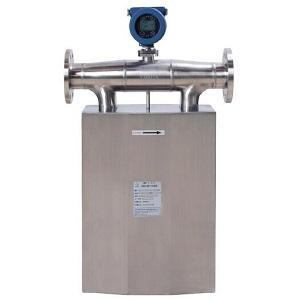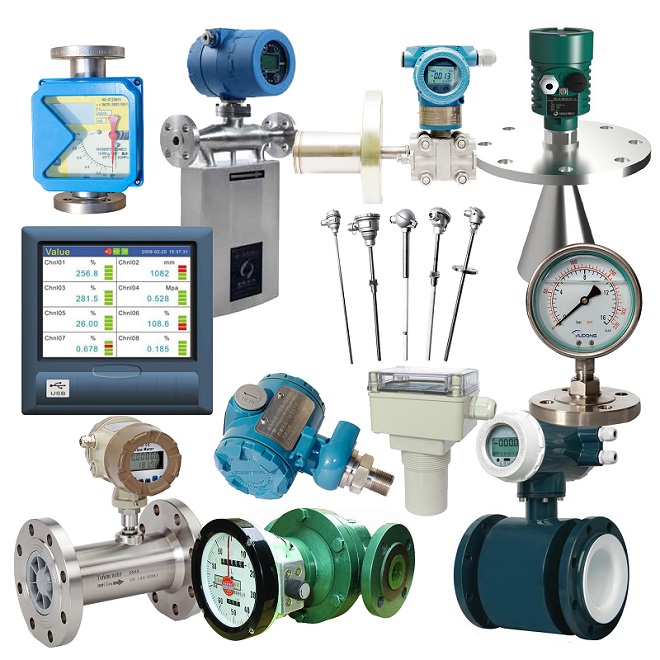Looking for enhanced device stability What operational gains are linked to coriolis flujometro adoption

A Coriolis flow instrument harnesses natural forces utilizing angular momentum concepts to calculate fluid throughput. When liquids flow along bent lines, rotational energy produces shifts in flow direction, correlated to flow quantities, allowing exact throughput assessment. Esteemed for technological versatility, optimized for broad material range with slight fluid impedance.
- Perks of Coriolis Flow Meters:
- Remarkable precision levels:
- Flexible flow type compatibility:
- Combined mass and viscosity metrics:
Understanding Principles of Coriolis Devices
Flowmeters of Coriolis type stand as effective devices deployed to measure volumes across channels. Functioning via Coriolis force phenomena, these devices quantify flow by detecting deflections. Within moving tubular chambers, the flow deviates sideways, dependent on flow orientation. Instruments identify lateral shifts, translating movements to output associated with flow strength.
- Roles of Coriolis flowmeters include:
- Industrial process monitoring in chemical sectors
- Nutraceutical preparation
- Water resource management
Identifying Suitable Flow Meters
Coriolis meters excel in providing dependable accuracy for fluid flow analysis. Yet, with an array of available models, choosing the best fit for applications may be intricate. Key considerations when securing your Coriolis flow meter include: * **Characteristics of the fluid:** The fluid analyzed impacts construction and performance. * **Flow capacity range:** Meters operate within distinct flow limits. Check your needs are met. * **Accuracy standards:** Different use cases demand diverse precision levels. Specify these to pick models. * **Operational environment:** Factors such as temperature, pressure, and fluid viscosity alter meter outcomes. * **System compatibility:** Assess integration and interfacing with existing infrastructure.Advantages of State-of-the-Art Coriolis Flow Systems
Modern Coriolis devices provide a large assortment of benefits for industrial needs. Chiefly, these meters offer highly reliable measurements, facilitating precise mass flow supervision. Further, Coriolis meters provide simultaneous density and volume quantification in one device, delivering them highly suited for high-stakes measurement. Furthermore, their strength enables operation in tough scenarios.
- Subsequently, these devices see widespread use in fields like oil and gas, chemicals, food and beverage sectors, and pharmaceuticals.
Advanced Calibration Techniques for Coriolis Flowmeters
Stringent operational settings prioritize Coriolis flowmeter performance. Ensuring dependable, repeatable results demands refined calibration methods. These exceed basic protocols by integrating professional apparatus and detailed analysis.
Using certified standards enables precise calibration. By comparing meter outputs with known benchmarks, technicians detect discrepancies and apply corrections.
- Multi-point calibration, assessing various flow rates, yields detailed performance profiling across meter ranges.
- Advanced software assists data management and visualization, enabling trend detection.
Consistent use of advanced calibration ensures optimal meter accuracy, driving quality enhancements across industries.
Diagnosing Standard Coriolis Errors
Coriolis meters provide trusted accuracy and adaptability yet face occasional issues. Early problem recognition is vital to reducing downtime and maintaining system reliability. Typical complications involve misread flow, often caused by improper setup, dirty sensing components, or flow disturbances. Data instability may result from changing fluid properties, mechanical vibrations, or electromagnetic disturbances. Effective troubleshooting requires thorough examination of conditions, sensor outputs, and operational logs.
- Ongoing evaluation for damage or contamination applies.
- Settings tuning maintains accuracy.
- Watching measurements aids early detection.
- Accurate setup helps reduce interference.
Adhering to guidelines mitigates common Coriolis flowmeter challenges, ensuring reliable fluid monitoring and operational consistency.
Industrial Automation with Coriolis Flow Meters
Technology offers exact mass flow assessment within industrial applications. Utilizing the Coriolis effect triggered by fluid passage inside vibrating tubes, variations in tube movement patterns correspond to fluid density. This trait enables advanced quantification of media transfer even in fluctuating environments.
These devices suit well a vast selection of uses, including water treatment. Their strength makes them ideal for demanding environments, and their electronic signaling enables direct system interfacing with manufacturing systems.
Accurate Fluid Flow Quantification via Coriolis Technology
Coriolis sensors deliver excellent results across varied applications. They employ kinetic flow theory to quantify mass flow, yielding excellent fidelity under fluctuating flow regimes. In comparison with alternative flow technologies, Coriolis sensors provide persistent readings, facilitating fine control. Their dual ability to measure mass flow and density makes them ideal for wide-ranging flow assessments. Furthermore, Coriolis sensors exhibit reliability, thriving in difficult operating conditions. This combination of versatility qualifies Coriolis sensors as a foremost choice for demanding flow measurement situations.Oil and Gas Industrial Applications of Coriolis Flowmeters
Coriolis flowmeters have exemplified themselves as accurate tools in the oil and gas field. Their capacity to simultaneously measure flow volume and fluid density renders them multi-functional for many operational tasks. In downstream workflows, Coriolis meters facilitate monitoring fuel products in refineries. They also fulfill fundamental roles in system management and guarantee consistent metering for accounting.Managing Water Flow with Coriolis Devices
Such devices deliver key data acquisition for fine-grained assessment in water management contexts. Utilizing inertia principles, they quantify fluid deflection through bent tubes. This accurate data facilitates real-time fluid quantity supervision, paramount for boosting system output.
- Implementations of Coriolis flowmeters in water systems extend to broad workflows, such as: distributing water to homes and industries, tracking water usage for irrigation and energy production, and overseeing water flow in cleaning plants.
- Strengths for Coriolis flowmeters in this area consist of: superior detail, broad range across volumes, and minimal care requirements.
Upgrading Flow Measurement Accuracy via Coriolis
Coriolis flowmeters have secured themselves as well-regarded solutions for evaluating substances. These systems apply the Coriolis effect to evaluate both mass flow and fluid density. Applying Coriolis technology can boost measurement accuracy, reduce operating expenses, and supply insightful data about process characteristics. Their multifunctionality enables use in a comprehensive range of applications such as manufacturing.
coriolis flujometro